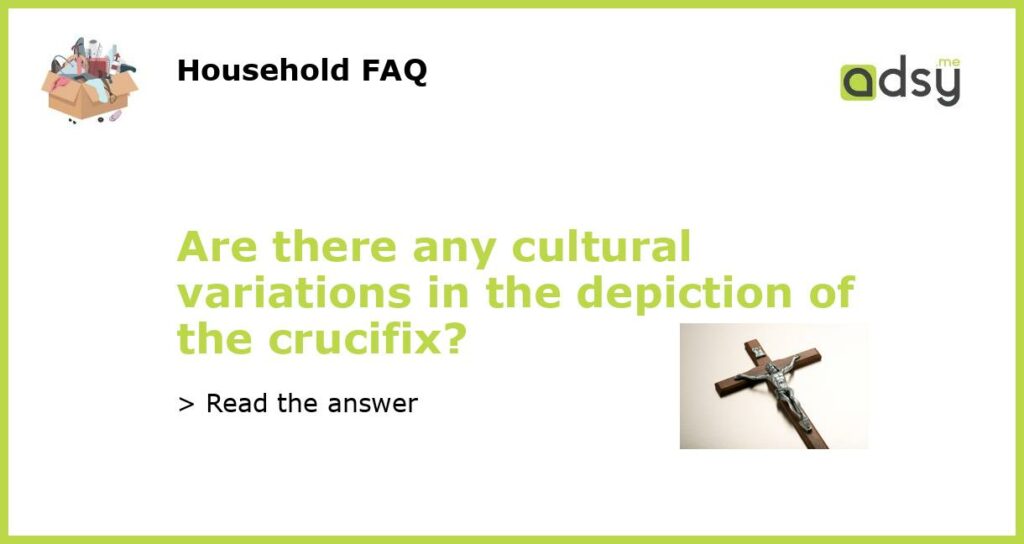The Crucifix: A Symbol of Faith Across Cultures and Time
The crucifix is a symbol of Christianity and represents the sacrifice of Jesus Christ on the cross for the redemption of humanity. While this symbol is universal among Christians, there are variations in how it is depicted across different cultures and time periods.
The Western Crucifix: A Common Depiction
The most commonly recognized crucifix is the Western crucifix, where Jesus is depicted with his head tilted to the right, wearing a loincloth, and his arms are outstretched on the cross. This depiction is prevalent in Western Europe, the Americas, and other parts of the world where Christianity was introduced by European states.
Eastern Orthodox Crucifixes: A Different Interpretation
The Eastern Orthodox crucifixes or crosses feature a different interpretation of Jesus on the cross. The figure of Jesus is typically shown with a diagonal outstretched hand, signifying his gesture of blessing the people. The Orthodox cross also includes a footrest, symbolizing the support of the feet of Jesus. This depiction is mainly prevalent in Eastern Europe, Russia, and the Middle East.
African Crucifixes: A Fusion of Christianity and Local Cultures
In Africa, where Christianity is growing at a fast pace, there are variations in the depiction of the crucifix that reflect local cultures. In the Democratic Republic of Congo, for example, crucifixes may be adorned with African beads and carvings. In Ethiopia, the crucifix is usually carved in wood, and the figure of Jesus is often painted in bright colors and traditional robes. These variations show the fusion of Christianity with local cultures and traditions.
The Evolution of Crucifix Depictions Through Time
The depiction of the crucifix has also evolved through time. During the Gothic period, the figure of Jesus on the cross was often shown with a crown of thorns and blood streaming from his wounds. In the Renaissance period, the focus shifted to portray the beauty and perfection of the human form of Jesus. In modern times, the crucifix has become a subject of contemporary art, and artists have experimented with different materials and interpretations.






